Do you feel tired, weak, or struggle to stay strong and fit as you age? Studies show muscle mass starts dropping in our 30s—and over 45% of older adults face serious muscle loss called sarcopenia.
This simple guide will help any woman become a healthy muscular woman through strength training exercises, good nutrition, and safe habits. Your new healthy life begins here!
Key Takeaways
Muscle mass naturally declines starting around age 30, and more than 45% of seniors experience muscle loss (known as sarcopenia)—but strength training can turn this around.
Strength training provides women with stronger bones, clearer minds, and boosted metabolism—female participation rose from 17.5% in 2004 to 26.9% in 2020.
Aim for 3–6 sets of exercises, doing 6–12 repetitions per set; once these feel easy, up your weights by roughly 5% to continue making progress.
After training, muscle recovery relies heavily on protein—Greek yogurt serves up about 17 grams per cup, and plant-based tofu offers around 18–20 grams per serving to aid muscle repair.
Your body builds muscle during rest, not during the workouts themselves—so give yourself 48 hours of downtime before training the same muscle group again.
Table of Contents
Benefits of Strength Training for Women

Strength training gives women a powerful edge in their fitness journey. Women who train with weights boost their mental health while building a stronger body.
Increased confidence and mental well-being
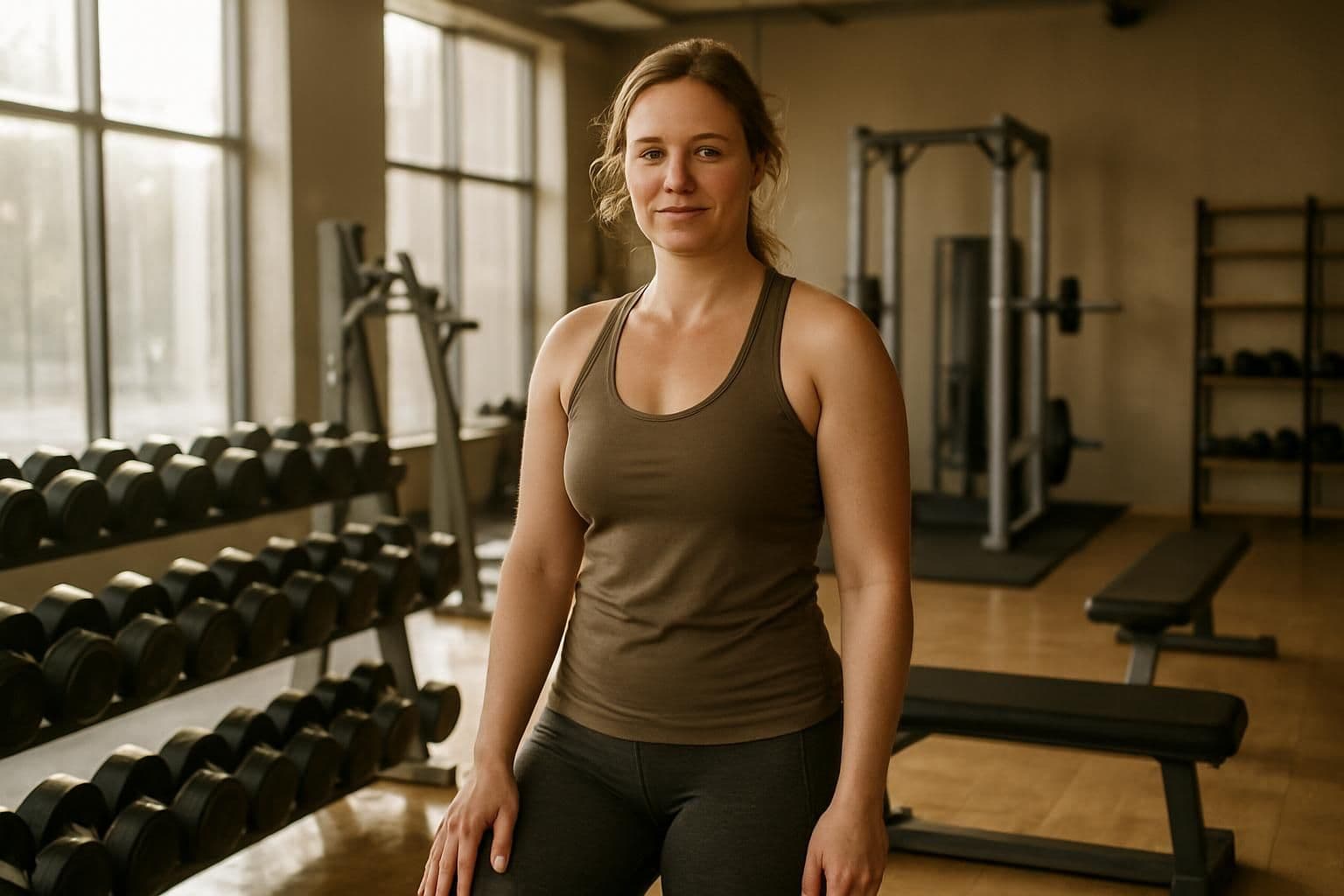
Lifting weights does more than build muscle—it strengthens your mind, too. Recent studies show women who join resistance training programs experience fewer symptoms of depression.
I felt this myself after starting weightlifting last year. Completing a challenging set of biceps curls gave me an energy lift and mood boost that lasted the entire day. Many women notice feeling powerful, inside and out, after consistent strength training sessions.
Your self-confidence rises as you learn new exercises and spot progress in the mirror. Research confirms women feel proud and accomplished from improving their weightlifting skills.
Advancing from smaller dumbbells to heavier free weights creates a genuine sense of pride. For lots of people focused on better health, lifestyle changes like obtaining a vape prescription and stopping smoking often kickstart a more complete wellness shift.
These personal changes can spark fresh motivation, naturally guiding you to incorporate strength training into your routine.
Next, we’ll discuss how strength training boosts muscle power and endurance.
Improved muscle strength and endurance
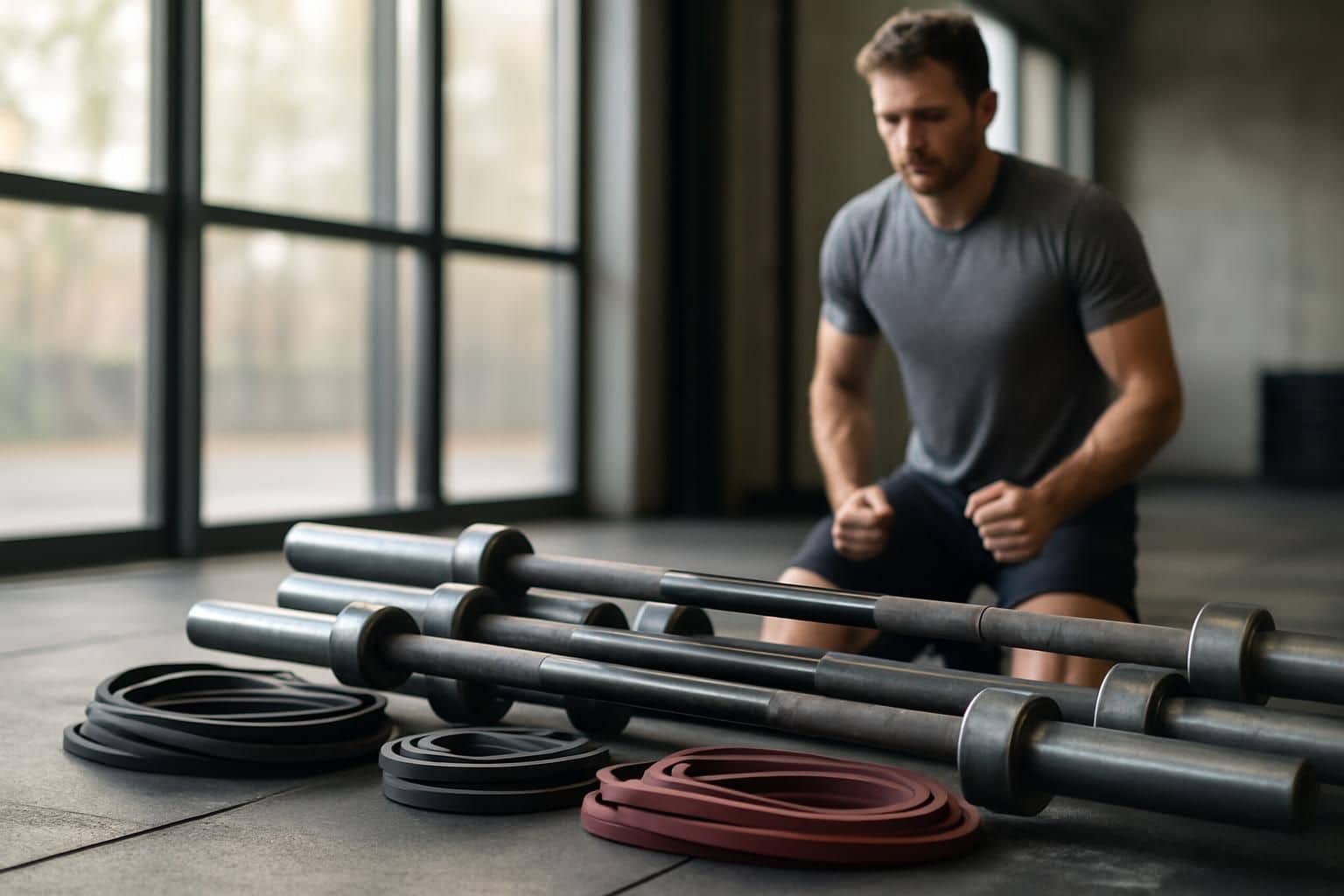
Mental strength builds physical power too. Each workout makes your muscles stronger, helping your body handle increased tasks for longer durations. With proper training methods, strength improves quickly.
Research backs this: performing 3 to 6 sets, each made up of 6 to 12 repetitions, is ideal for building muscle and endurance.
Your body grows tougher as you push past challenges. If exercises start feeling easy, try raising the weight by around 5% next session. Basic lifts like squats, deadlifts, and bench presses best increase muscle size, because these exercises target multiple muscles simultaneously.
Each workout thickens muscle fibers, improving your strength for daily activities. Free weights, resistance bands, and bodyweight exercises effectively build lasting muscle strength.
Many women have joined this fitness movement—participation rose dramatically from 17.5% in 2004 to 26.9% in 2020.
Enhanced bone density and joint health

Strength training does more than build muscle—it strengthens your bones as well. Your skeleton grows thicker and stronger by responding to exercises involving body weight or resistance.
Women especially benefit from this, since aging increases their risk of osteoporosis. Research proves regular workouts with barbells, kettlebells, or simple body-weight exercises gradually improve bone mineral density.
This added density helps protect bones against fractures, keeping you strong and upright for years ahead.
Your joints also gain huge advantages from consistent strength workouts. Lifting weights reinforces muscles, tendons, and connective tissues supporting knees, hips, and shoulders. Compound movements, such as squats or lunges, create better stability around these vital joints, which is especially important for preventing issues like an ACL injury, one of the most common and serious knee injuries among active women.
After starting strength exercises, many women report reduced joint discomfort and improved flexibility. For maximum benefit, start your muscle mommy workouts by mastering correct form, rather than focusing immediately on heavy lifting.
Better metabolism and weight management
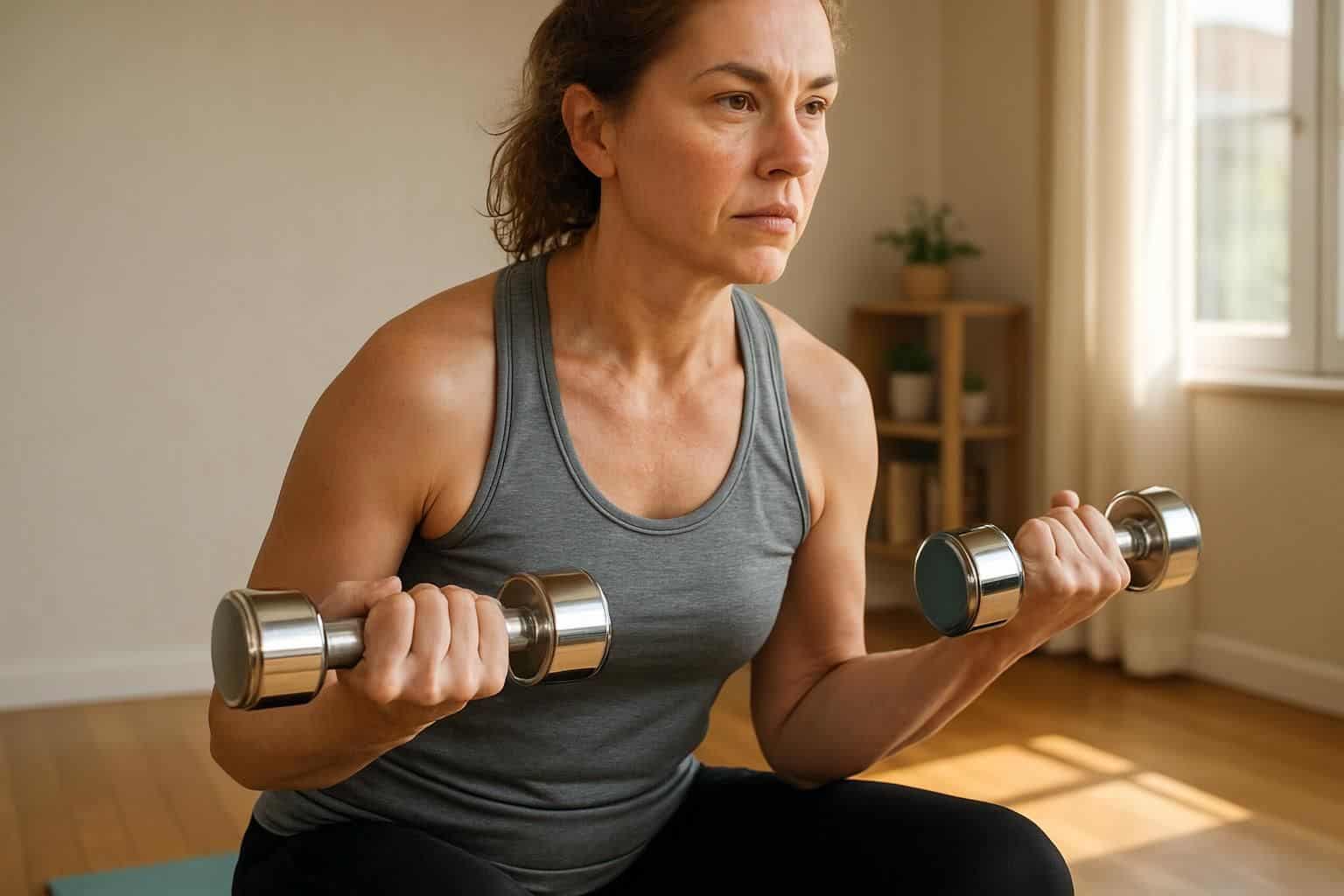
Adding strength training to your workouts does more for metabolism than just cardio alone. Even at rest, your body works harder and burns extra calories to maintain lean muscle. I’ve noticed this myself—after lifting weights just two times weekly (exactly what the American College of Sports Medicine recommends), I started burning more calories all day.
That meant losing body fat without sacrificing muscle, which matters more than the number shown on a scale. Building muscle through strength workouts turns your body into a calorie-burning machine.
Muscle needs more energy to maintain than fat, making weight management easier long-term. Regular strength workouts help prevent the muscle loss many women experience during perimenopause and menopause, keeping metabolism active and steady.
Plus, staying strong can reduce your risk of metabolic illnesses like diabetes. Pairing strength training with protein-rich foods like eggs and tofu, or mixing in cardio workouts such as using a rowing machine, creates an ideal balance.
This combination gives your body exactly what it needs to burn calories efficiently and stay healthy.
Key Strength Training Exercises
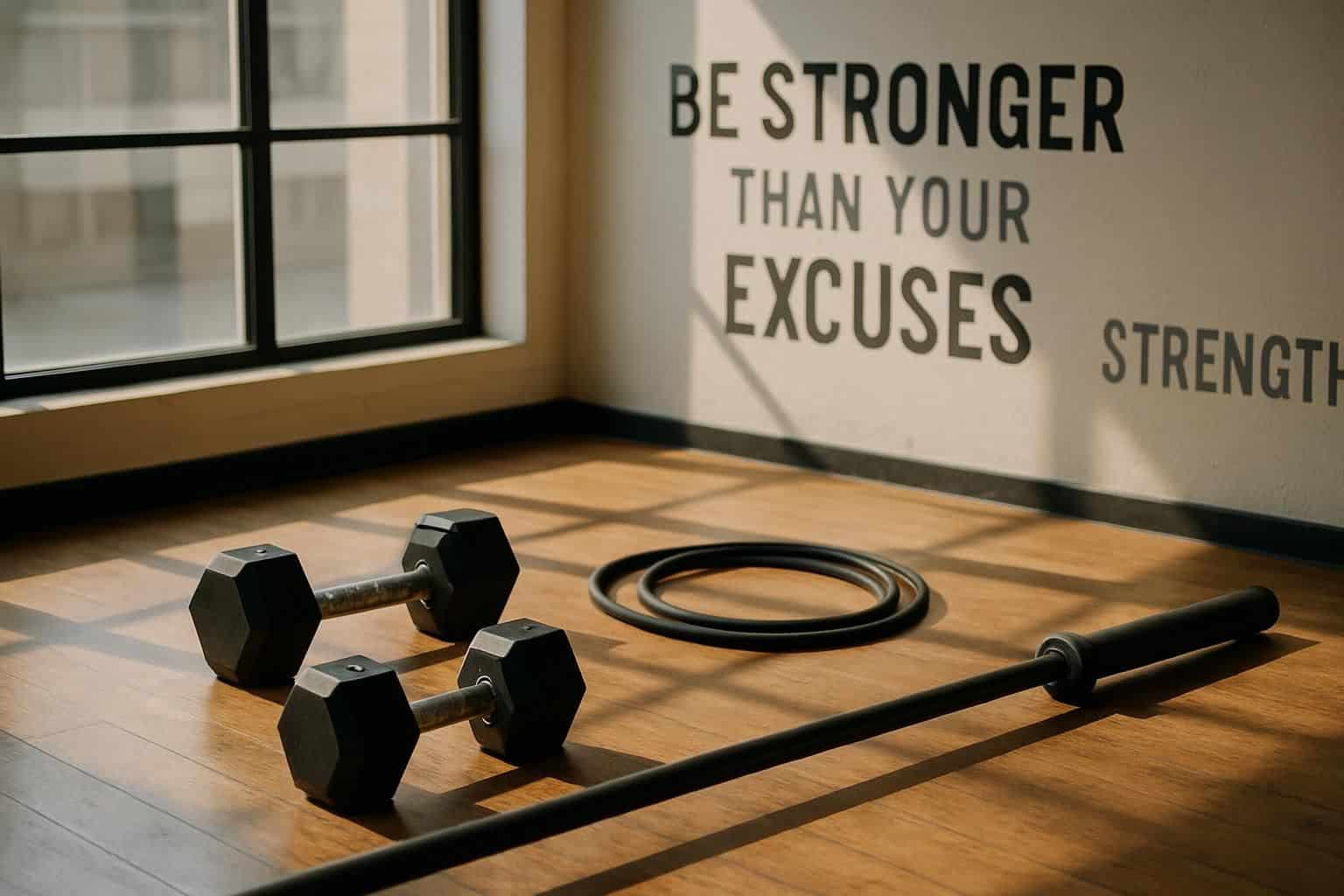
Discover the most effective moves to build strength, from resistance bands to free weights and basic bodyweight exercises – read on to learn which ones will transform your fitness journey!
Resistance training with exercise bands
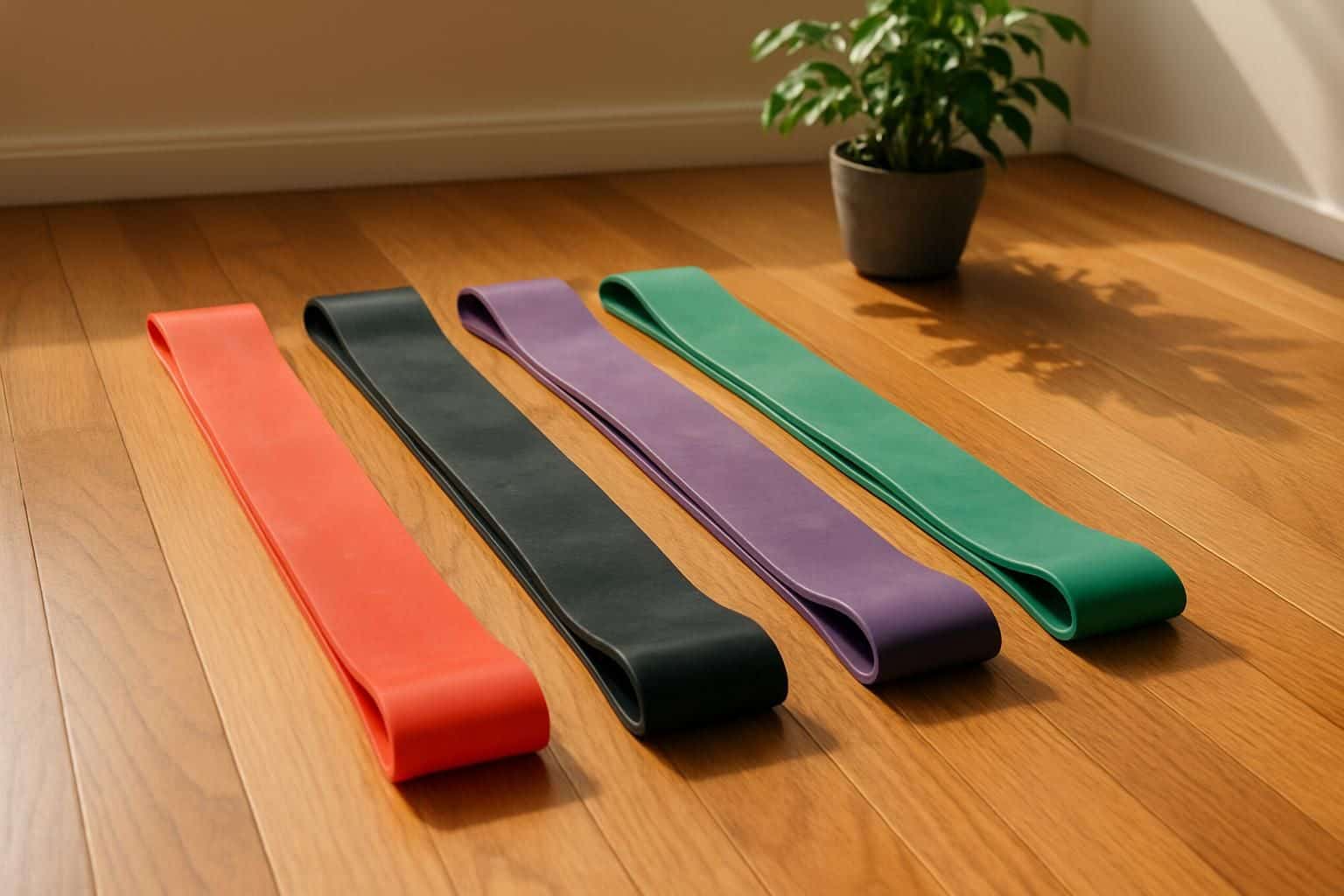
Resistance bands offer women an ideal way to start strength training. These stretchy, colorful strips provide adjustable tension, similar to standard weights—but with more freedom to move naturally.
Simply shift your grip or stance to easily vary tension levels. A full set usually costs less than $20, certainly more affordable than large gym machines. Many women quickly notice increased muscle size and strength, comparable to traditional weightlifting, just by using these inexpensive bands.
Aim for 3 sets of 6 to 12 reps for each exercise for top results. Bands perform well for chest flys, hip abductions, and arm workouts—building muscle effectively without extra strain.
Muscles gain strength as they push against the band’s steady pull. Another big advantage: these bands travel easily. You can toss them into your bag, use them in the living room, or even a hotel room.
Resistance bands taught me that strength doesn’t require heavy weights—just consistent tension and proper form. They changed my fitness journey completely. – Fitness coach Sarah Miller
Weight training with free weights

Free weights offer fantastic benefits for women who want to build strength in a practical way. Dumbbells, in particular, make an ideal choice on your fitness path, as they help you train several muscle groups at the same time.
Our 12-week dumbbell workout guides you step-by-step, from lighter weights to more challenging ones, all at your own comfortable pace. After just 30 minutes of home exercise, you’ll see visible improvements in your arms and triceps, plus increased overall strength.
Plenty of women have already experienced impressive results—evident by a strong 4.6-star rating from 56 satisfied users.
Using free weights regularly also builds strength you can actually use every day—lifting grocery bags, moving furniture, or carrying kids becomes easier. Dumbbell training strengthens your bones, boosts metabolism, and helps your body burn more fat.
Even better, your body continues burning extra calories long after you’ve put your weights away. Pick weights carefully to find a set that’s challenging enough for the final few reps.
Proper form matters, reducing injury risk and helping muscles grow faster. Free weights offer something truly special—simple yet highly effective workouts that build a stronger, healthier you.
Bodyweight exercises like push-ups and squats
Push-ups and squats are two amazing bodyweight exercises for women looking to build strength. These straightforward but effective moves hit many important muscle groups at once—and you don’t even need special equipment.
For best results, aim for 3 to 4 sets, doing 8 to 12 reps of each move. In the beginning, I could only do 5 push-ups on my knees, but now…I’m up to 15 full push-ups!
Squats tone your legs and glutes, while push-ups strengthen your arms, chest, and core muscles. The best part about these exercises is how easy it is to do them anywhere: your living room, bedroom, or even a hotel room on vacation.
Plus, both moves can change and evolve with your fitness progress, thanks to several variations available. Once you get comfortable with these basics, you’ll feel ready and confident to try more advanced workouts to continue building muscle.
Nutrition to Support Strength Training

Fuel your muscles with the right foods to see real gains from your workouts. Your plate needs protein, complex carbs, and healthy fats to build strength and speed up recovery.
High-protein foods like Greek yogurt, eggs, and lean meat
Protein fuels muscle growth after strength training. Greek yogurt is a favorite choice, offering around 17 grams of protein per cup—a tasty snack option post-workout. I like mixing mine with fresh berries to boost protein quickly after lifting weights.
Eggs are another excellent pick, with a large egg giving you about 6 grams of complete protein to help your muscles recover. Chicken breast and turkey are lean meats great for muscle gain, delivering approximately 7 grams of muscle-friendly protein per ounce without unwanted fats.
Your muscles don’t grow during workouts—they grow during recovery with proper nutrition.
Fish like tuna and cod deliver even higher protein levels—roughly 30 grams in a serving of tuna and an impressive 40 grams per cod serving. These foods repair tiny muscle tears created by resistance training, helping muscles get stronger as you rest.
Plant-based protein sources can also boost muscle gains—a topic we’ll cover shortly.
Plant-based protein options such as tofu, beans, and nuts
Plant-based proteins make muscle-building simple—even without meat. Tofu delivers impressive strength support, offering around 18 to 20 grams of protein in each pan-fried serving.
Toss it into tasty stir-fries, smoothies, or fresh salads to quickly boost protein intake. Lentils and chickpeas also rank high for muscle power, keeping meals interesting while nourishing your body.
For building strength, seeds play a helpful role too. Just a quarter-cup serving of hemp or pumpkin seeds brings in roughly 8 grams of protein. Pumpkin seeds also offer magnesium, boosting muscle function and performance.
Quinoa, a standout grain, gives you about 8 grams of protein per cooked cup. Many women easily add these nutritious plant foods into everyday recipes, enjoying steady energy for stronger workouts.
Importance of leafy greens and whole grains
Leafy greens deliver major benefits, especially for women who lift weights. These vegetables come packed with nutrients—like vitamins and antioxidants—that aid muscle growth and repair.
Broccoli alone provides around 2.6 grams of protein in just one cup, making it a handy choice after a tough training session. Your muscles rely heavily on these nutrients to bounce back stronger after exercises like squats or pull-ups.
Whole grains—farro for instance—also bring plenty to the table. Farro packs in double the amount of protein compared to rice, fueling muscles far better. Combining leafy greens with whole grains gives your body a solid nutritional foundation for fitness goals.
These foods help fight muscle fatigue and keep bones strong during resistance training. Eating this way supports workouts such as back squats and pull-ups, helping you build strength and stay healthy in the long run.
Tips for Safe and Effective Strength Training

Safe strength training demands proper form to prevent injuries. Smart women start with lighter weights and build up as their muscles adapt.
Start with proper form and technique
Correct form is your best protection in strength training—think of it as your own personal safety shield. Many women hurry into lifting heavy weights before mastering basic moves.
This misstep often causes muscle strain or worse, injuries that can set your fitness goals back weeks or even months. Take time to understand each exercise clearly before increasing the resistance.
Your feet position, elbow alignment, and breathing technique each matter a lot during workouts. For most standing exercises, position your feet shoulder-width apart. Maintain proper elbow placement during moves like barbell curls or hammer curls.
Breathing matters too—exhale strongly during the effort phase of each movement, helping keep your core stable and secure.
A fitness expert can catch small mistakes you might miss on your own. They watch your movements closely, offering helpful tips to fix minor issues before they turn serious. Physical exercise delivers better results when your technique stays sharp.
Your body gains strength quicker through proper form compared to sloppy moves with heavier weights. Start slow using lighter dumbbells or resistance bands, letting your muscles learn correct movement patterns.
Doing it right from the start prevents common exercise injuries and helps you build a sturdy fitness foundation.
Gradually increase weights and resistance
Your muscles thrive on fresh challenges—they need variety to get stronger. Start lifting lighter weights, enough resistance to tire muscles within 12-15 repetitions. Then each week, gradually make it tougher: add a little more weight or use tighter resistance bands.
Small, weekly increases help your muscles build strength safely, without risking injury.
Many women skip lifting heavier weights due to worry—but, in fact, proper weight training prevents muscle weakness and builds stronger bones. Your body quickly adjusts to exercise routines.
Using the same dumbbells month after month stalls your fitness progress; your muscles won’t get stronger that way.
Instead, aim to add roughly 2-5 pounds to exercises like deadlifts every few weeks. Or, switch to higher-resistance bands to keep pushing your body forward. These steady, manageable changes lead to muscle growth (called hypertrophy), all while protecting joints from unnecessary stress.
Before increasing weight, always make sure you master proper form—quality movement matters far more than how heavy you lift.
Allow time for recovery and rest
Gradually increasing weights gives the best results if you pair it with proper rest. Muscles actually get stronger during recovery—not during workouts. After strength training, the body needs at least 48 hours to repair muscle tissues.
Rest periods lower your chance of injuries, like strains or overuse problems. Many women skip rest days, thinking more training means faster results—but this often ends badly.
Allow one full day of rest before training the same muscles again. Rest doesn’t mean you do absolutely nothing; gentle yoga, stretching, or an easy walk helps blood flow to tired muscles.
During workouts, stay aware of how your body feels. Feeling more tired, weaker, or experiencing continued soreness are all clear signs you might need extra rest. Giving yourself enough recovery time keeps bones healthy, supports fitness progress over time, and helps avoid burnout.
Long-Term Impact of Strength Training

Strength training builds a strong future by fighting muscle loss, cutting injury risk, and creating a path to active aging – discover how this practice can change your life beyond just the gym.
Slowing down age-related muscle loss
Your body naturally loses muscle as you age. After age 30, this loss speeds up—but regular strength training pushes strongly against this trend. Research reveals an impressive 11.46% boost in static strength after only one year of steady training.
Even better, these improvements can last up to 7 years, even if you stop your workouts. Losing muscle mass weakens bones and raises your risk of falling, but resistance workouts using weights or exercise bands can rebuild muscle at any age.
Whether you’re in your 60s or even 70s, your body still responds well to physical exercise. Protein-rich foods, like Greek yogurt, black beans, and tempeh, support muscle repair during rest periods.
Consistency is key to keeping muscles strong and healthy. You don’t have to lift super-heavy weights to notice real progress—start gently with light resistance, and carefully practice correct form.
Your muscles gradually adapt and become stronger over time. It’s not about looking toned alone—strength workouts also improve bone strength and make weight management easier. After a few months of steady training, many women find their balance improves, and routine daily chores become simpler.
Next up, we’ll cover how building strength helps prevent injuries and chronic health issues.
Preventing injuries and chronic conditions
Strength training gives women a powerful weapon against common health problems. Regular resistance exercises build muscle, which helps protect joints from everyday wear and tear. After just six months of consistent squats and lunges, my persistent knee pain completely disappeared.
Even the Department of Health and Human Services confirms it—regular strength exercises promote better health over the long run. Stronger muscles also encourage better movement, keep the body well-aligned, and lower the chances of falling.
Long-term issues like obesity and weak bones greatly improve with consistent weight training. Lifting weights just two times a week can boost metabolism, making weight management easier.
Muscles naturally burn more calories than fat does—even when you’re relaxing or asleep. Bone strength benefits too, since muscle movements during exercise trigger stronger bone growth.
Many women discover they feel steadier and more balanced after starting regular strength exercises—directly reducing injuries that become common with age.
Promoting a healthy and active lifestyle
A strong body makes everyday life easier—and more enjoyable. Three years ago, I started strength training, and now climbing stairs feels effortless. Regular exercise helps prevent muscle loss that naturally occurs as we get older.
In fact, starting around age 30, adults lose roughly 3-5% of muscle mass every decade. My mom and I stick to our routine of twice-a-week mother and daughter fitness workouts, helping us both feel motivated and committed.
Group workouts make it easier to keep exercising long-term. Every Saturday morning, I meet my friends for resistance-training, and we’ve all noticed stronger bones as a result. We combine strength sessions with walking and cycling to get better overall fitness.
Science confirms that mixing forms of exercise offers more health benefits than sticking to only one type. Over time, your body will feel energized, with fewer aches and pains along the way.
How Will Strength Training for Women Evolve in 2025?

By 2025, strength training for women will take some major steps forward. Experts expect greater attention toward fighting sarcopenia—the gradual muscle loss women face as they age.
To tackle this issue, fitness centers will launch specialized programs dedicated to muscle-building. Women will also need higher protein intake, adjusting to targeted amounts according to their specific age and activity levels, rather than general advice.
Social media will keep reshaping women’s perceptions about muscle growth. Female fitness influencers and bodybuilders will motivate millions by sharing their muscle-training routines online.
More women will likely join online and real-world strength-training groups. These supportive communities will encourage women, helping them stay focused and determined with fitness commitments.
The outdated idea that lifting makes women look overly muscular will slowly disappear—as women enthusiastically embrace strength training for stronger bones, leaner physiques, and overall improved health. Furthermore, according to Unfinished Man, visual tools like height-weight charts will become increasingly popular, providing clear guidelines to help women better understand their optimal fitness goals and physical development.
People Also Ask
How does weight-training help women prevent muscle loss?
Weight-training keeps women strong and prevents muscle loss with age. Regular workouts using weights strengthen bones, too, which helps avoid osteoporosis. It also boosts natural hormones like growth hormone and testosterone—these hormones help muscles stay strong, firm, and toned.
What role does protein play in building muscle for women?
Protein provides key nutrients women need to build muscle. Women can get protein naturally from food sources like chicken, eggs, and beans—or from protein powders such as whey, which is extracted from milk during cheese production. Taking a scoop of protein after workouts helps muscles recover and grow.
Can women really deadlift heavy weights?
Absolutely! Women can easily handle heavy deadlifts—not the same weights as men, maybe, but definitely weights matching their own strength level. Focus on good technique—back straight, elbows locked, and lift from your legs. Good form always wins over lifting heavier weight.
How does eating healthy affect muscle growth?
Healthy eating gives your body the right fuel for muscles to recover and grow after exercise. Eat fewer saturated fats—but still make sure you eat enough calories to support new muscle growth. Nutrition experts featured on Morning Edition often stress that eating plans focused on muscle building differ from those intended for weight loss.
What simple exercises can busy women do at home?
Quick chair workouts help busy women stay fit without having to visit a gym. Try simple exercises like chair squats, wall push-ups, or arm raises while you’re on the phone. Even 15 minutes a day keeps your muscles active and strong, especially if you can’t squeeze in gym sessions regularly.
References
https://www.uhhospitals.org/blog/articles/2024/04/the-unique-benefits-of-strength-training-for-women (2024-04-29)
https://www.womenshealthmag.com/fitness/g29565103/best-resistance-band-exercises/
https://www.amazon.com/Womens-Health-Womans-Strength-Training/dp/1955710384
https://www.healthline.com/nutrition/26-muscle-building-foods
https://www.verywellhealth.com/high-protein-foods-for-muscle-building-8751345 (2025-01-14)
https://www.healthline.com/nutrition/protein-for-vegans-vegetarians
https://www.mayoclinic.org/healthy-lifestyle/fitness/in-depth/strength-training/art-20046670
https://pubmed.ncbi.nlm.nih.gov/23831385/
https://www.nia.nih.gov/news/how-can-strength-training-build-healthier-bodies-we-age (2022-06-30)
